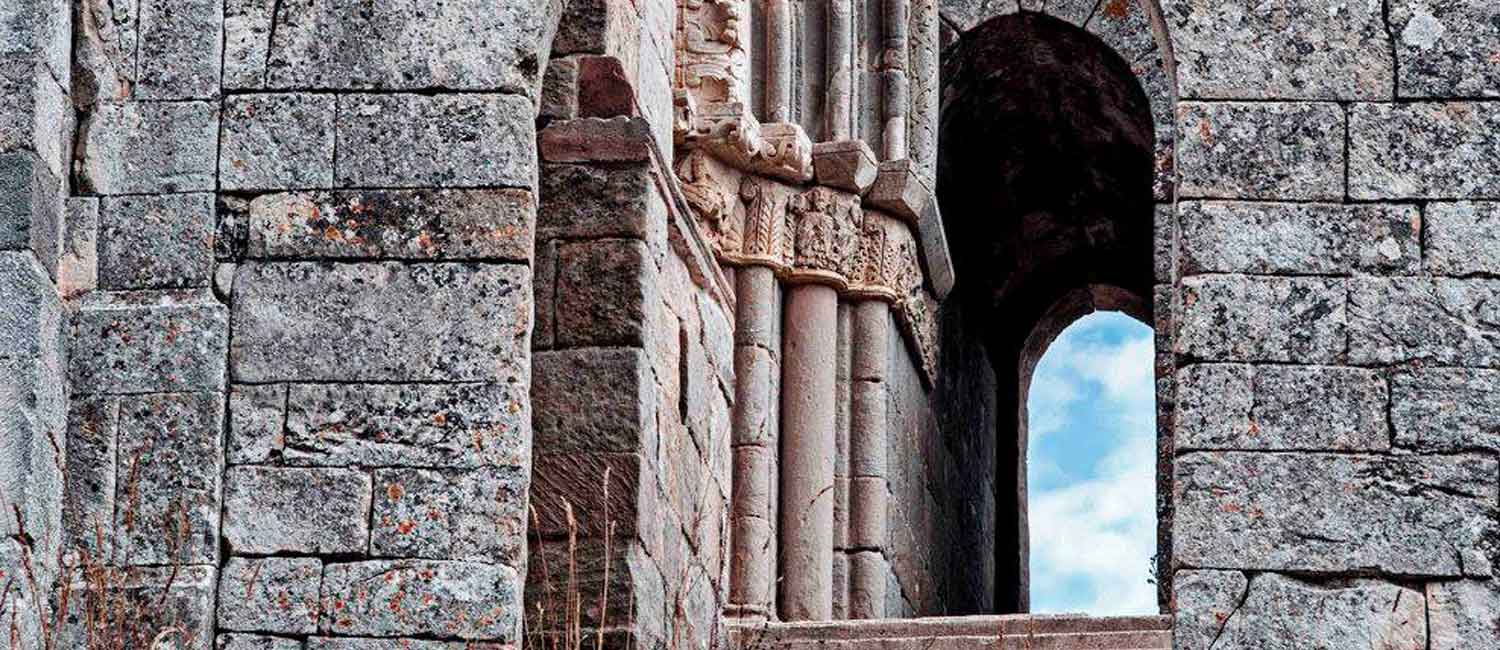
A feudal society needed churches and town walls, and its ruling class required private strongholds in the countryside, and so the castle was born. Gradually, however, Europe recovered from the onslaughts of the Vikings and the Magyars, and order and prosperity threw up new buildings and new building types. However, there were no buildings to match the quality of the art in Ireland's illuminated treasure, the Book of Kells, or jewellery like that found at Sutton Hoo. Architecturally it could be said that Britain went from being a remote provincial outpost of the Roman empire to being a remote provincial outpost of Christendom.īut if there was no national style, there were local variations such as the monasteries and churches at Jarrow and Monkwearmouth in the seventh century. St Peter's in Rome and the church of the Holy Sepulchre in Jerusalem were the themes on which early medieval architecture played across the continent, without producing anything particularly remarkable in Britain.

It was a common pattern, for while Europe was little more than a patchwork of warring principalities, the Church was its one unifying force, and Christian architecture was international in style. All Saints was designed on the model of a Roman basilica, a hall with a nave and aisles. One of the best surviving Saxon churches, All Saints Brixworth in Northamptonshire, was also built partly out of reused Roman bricks, a remnant of the great building campaign begun by Bishop Saxulf of Mercia in 675. Augustine's first church in Canterbury was patched together from an existing Roman one and was in turn swept away by the later cathedral. That story begins in the late sixth century with the re-introduction of Christianity and the arrival of St Augustine.Īt first it was a matter of make do and mend rather than creativity.
:max_bytes(150000):strip_icc()/gothic-construction-58321-crop-58dfff515f9b58ef7eef7395.jpg)
Beyond the hints in Beowulf and the remains of halls that archaeologists have found at Cheddar and at Yeavering in Northumberland, the story of early British architecture is almost entirely told through the churches and monasteries for which stone was used. Wood was plentiful in northern Europe and cheaper than stone, so houses, even those as grand as Hrothgar's, were built of timber and burned easily and often. Such was the fate of most Anglo-Saxon architecture.

With its throne room, its patterned floor and its wide and towering gables, this was "the hall of halls", full of feasting and harping but, the poet adds ominously, "awaiting a barbarous burning". A t the heart of the Old English epic poem Beowulf is Heorot, the splendid mead hall built by King Hrothgar to celebrate his victories in war.


 0 kommentar(er)
0 kommentar(er)
